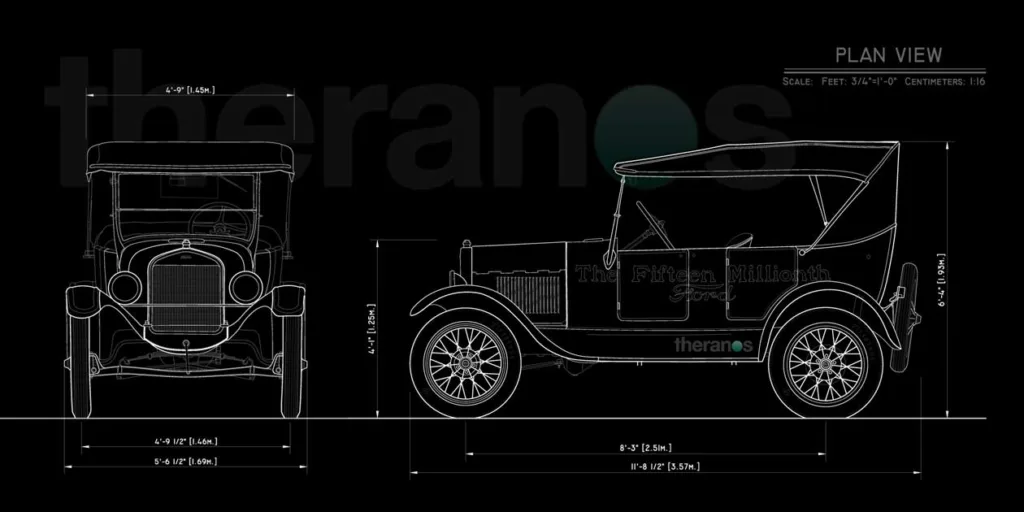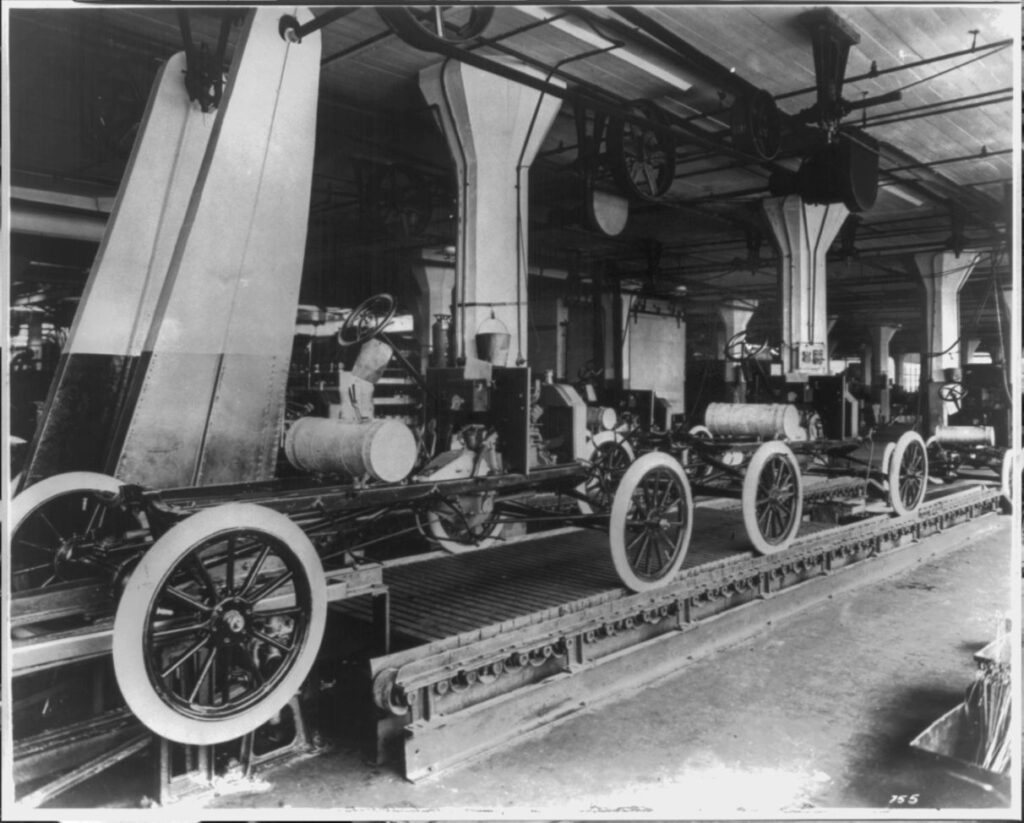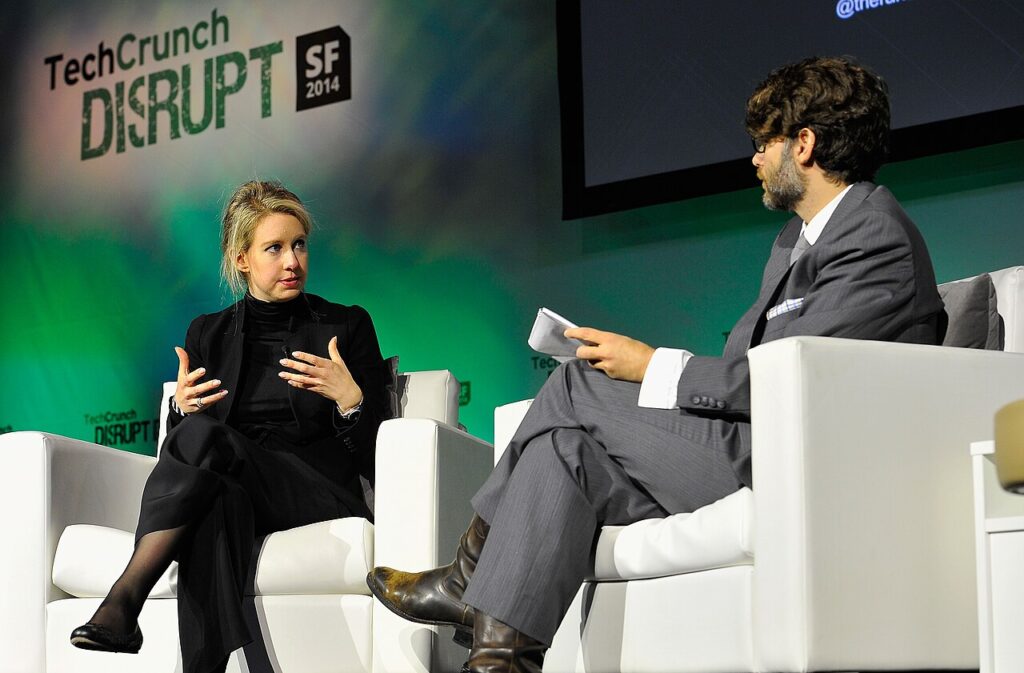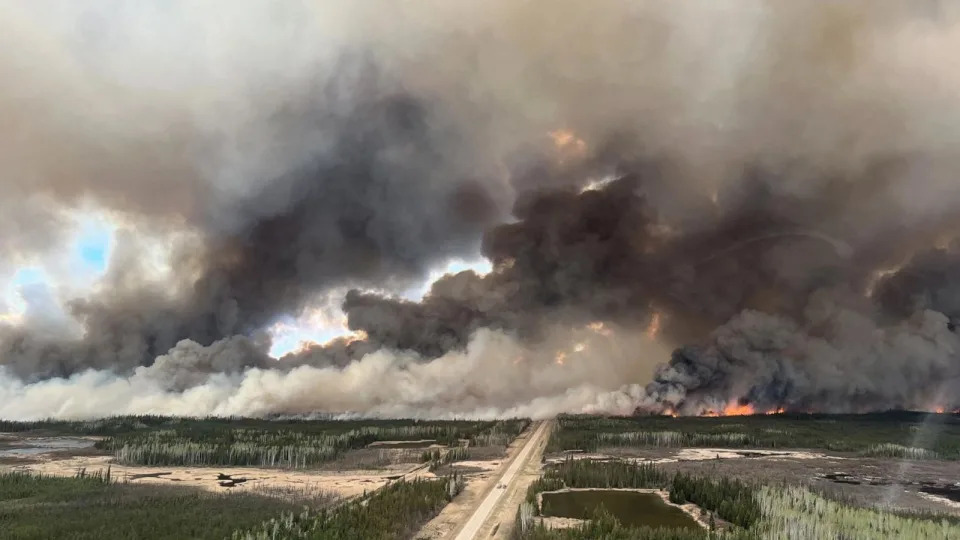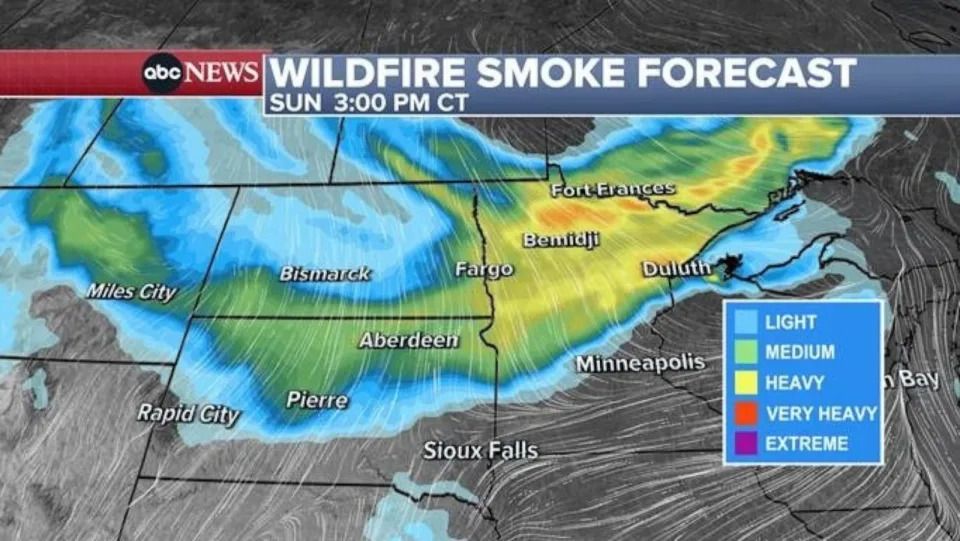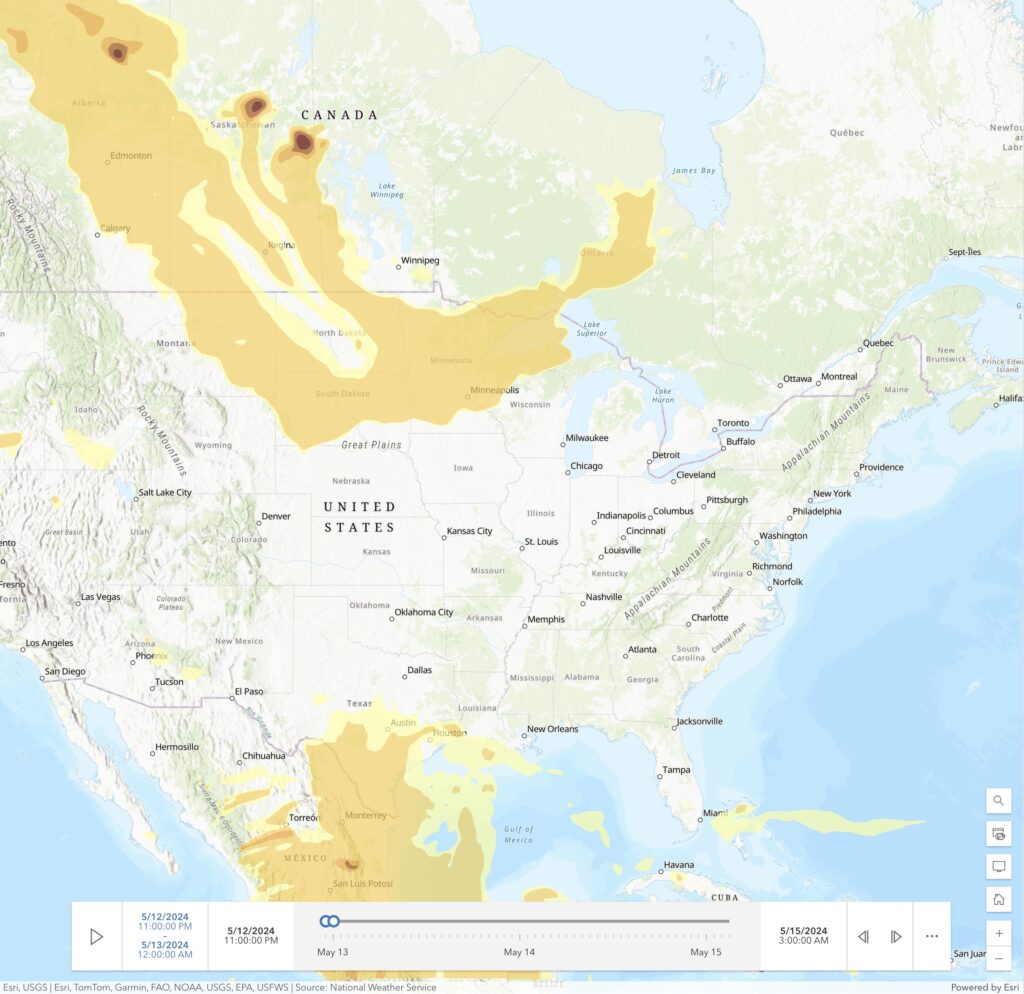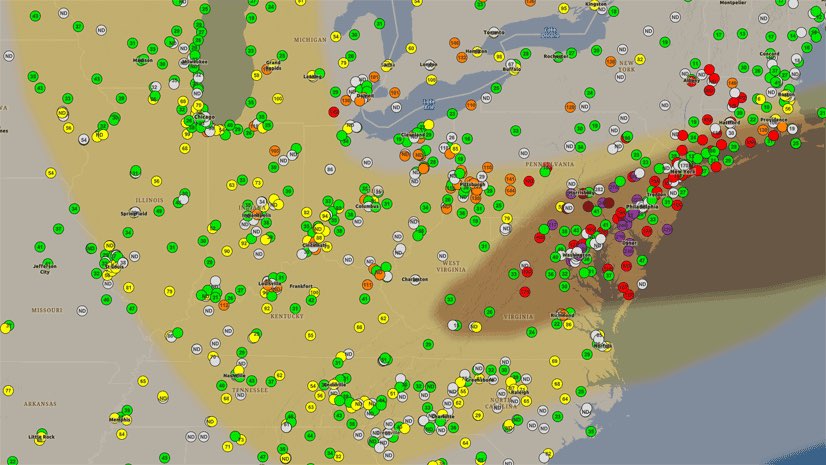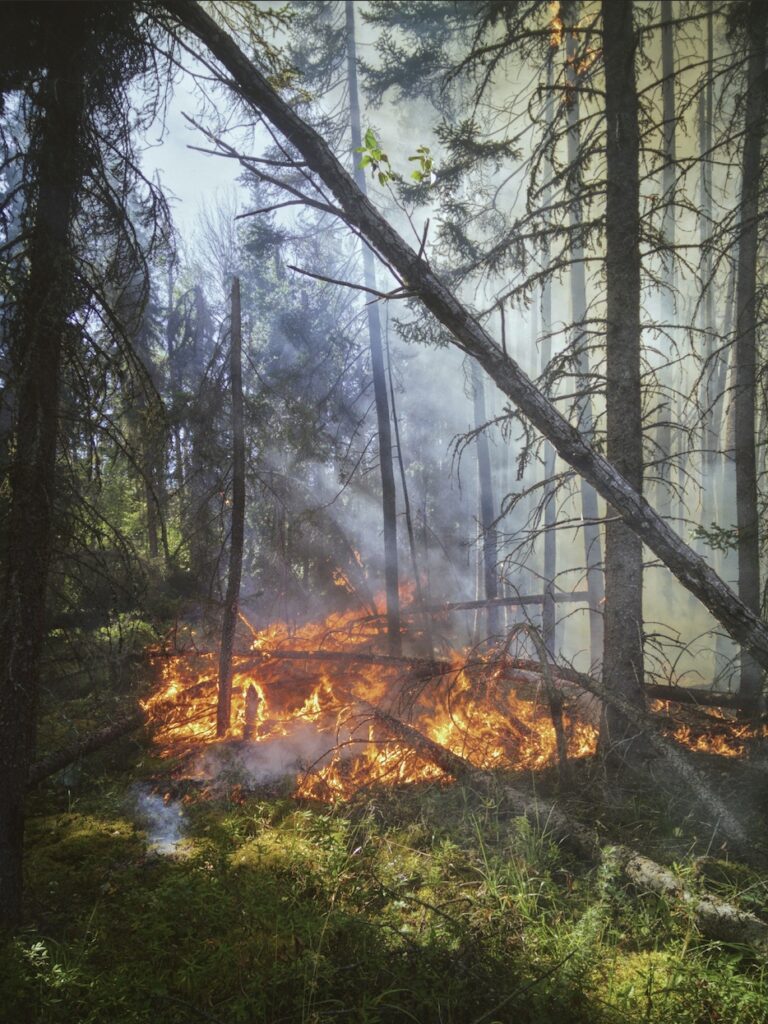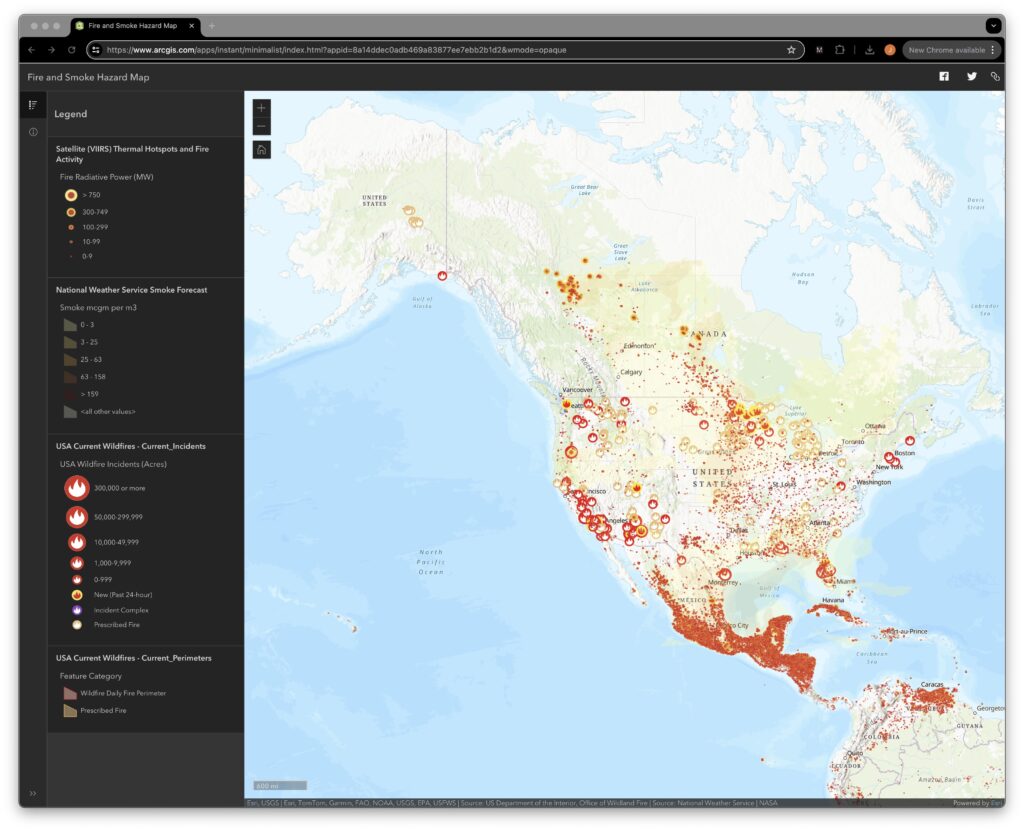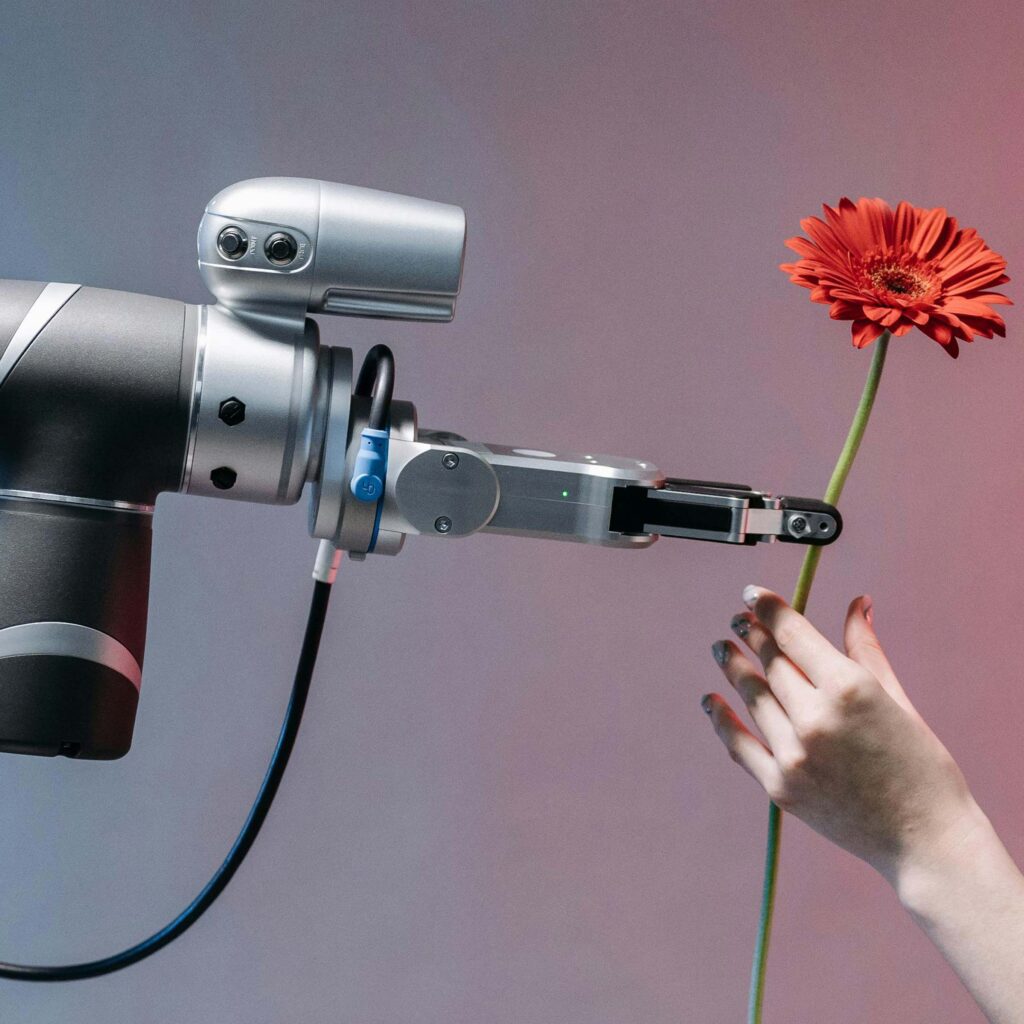Video & Imagery Production is undergoing a seismic shift, thanks to the arrival of advanced AI technologies like Midjourney and Runway.
The workflow of video and image production is undergoing a seismic shift, thanks to the merging of advanced AI technologies like Midjourney v6.1 and Runway Gen-3. This powerful combination is more than just a technical marvel; it’s a transformative tool for marketing agencies, revolutionizing the way they approach video content creation.
Accelerating Production with AI Synergy
For marketing agencies, the need to produce high-quality video content quickly and efficiently is paramount. The integration of Midjourney v6.1 and Runway Gen-3 offers a solution by streamlining the pre-production process. These tools allow creators to visualize and animate storyboards at an unprecedented pace, reducing the time it takes to move from concept to final product.
This speed and flexibility mean that agencies can handle more projects simultaneously, increasing their output without sacrificing quality. By automating time-consuming tasks, AI enables teams to focus on refining creative ideas rather than getting bogged down in the technical aspects of production.

Our Experimentation:
We conducted several dozen tests and reviewed numerous articles and papers online to evaluate the integration of Generative AI in early-stage storyboard development for videos and its impact on agency workflows. The results were eye-opening.
Source Image Creation:
For this experiment, the creative brief required the following: the image must include a group of friendly seniors smiling around a smartphone at a picnic table in the summer, during golden hour. The first attempts were promising, and after a few subtle adjustments to the prompt, we began to achieve ‘realistic’ results close to stock photography.

A good start, but the image looked a bit too ‘Princess Bride,’ with colors that were far too saturated. While it’s possible to use the SREF in Midjourney and a color palette from Adobe Color to color grade your Midjourney imagery, we opted for a more hands-on approach. We created a custom color range tailored to our target, resulting in improved color balance and a higher degree of ‘believability.’ Much of the effort went into refining the output.
Our second goal was to enhance the appearance of the seniors. Initially, they appeared, forgive the ageism, too old for our demographic requirements. Finally, we adjusted the prompt to eliminate unwanted artifacts, such as seniors holding two phones instead of one and glasses melting into the table.

The final image did more than achieve the creative brief baseline requirements – it created a “feeling”. You can almost feel the warmth of a late summer day and the joy of the gathered Seniors. With the image and prompts finalized our next step was to move over to Video Gen.
Video Generation:
Since we would just be using AI Video Generation as a storyboard and not for broadcast we ran the first series as “vanilla prompts”. This allowed us to quickly generate action that could be placed in the storyboard sample with lots of room for feedback and adjustment.
Our initial tests yielded the expected otherworldly creations; the video starts off normally but quickly spirals into a surreal, science fiction fever-dream with all but one of the Seniors sliding into oblivion. Applying a revised prompt set and rethinking the scene resulted in a new direction more in line with the requirements.
The results are nothing short of fascinating, the motion is smooth and the Seniors appear to be in a natural setting acting normally. There are still some anomalies that are fine-tuned out of the finished video. For example in the sample video above you will notice on the left side of the scene the smartphone morphs into the pint glass. A few more edits to the prompt will resolve this.
Given the time and resources typically needed for custom video production or extensive research across stock agencies, the speed of this process is remarkably faster. Even more exciting is that we are only at the dawn of this technology.
Cost Reduction and Enhanced Creative Output
The financial benefits of this AI-driven approach are significant. By reducing the time and resources required for video production, agencies can lower costs for their clients while delivering even more compelling content. This efficiency opens up opportunities for smaller businesses to access high-quality video production, which was previously only within reach of larger companies with bigger budgets.
Moreover, the enhanced creative capabilities of these AI tools allow for rapid prototyping and experimentation. Agencies can quickly test and iterate on ideas, ensuring that the final product aligns perfectly with the client’s vision. This ability to fine-tune creative concepts on the fly is a game-changer for marketing campaigns, where the margin for error is often slim.
While AI can automate certain aspects of video creation, it lacks the nuanced understanding of brand voice, audience preferences, and emotional resonance that only human creators can bring.
The Human Element: Essential and Irreplaceable
Despite the incredible advancements in AI technology, the human element remains crucial in the production process. While AI can automate certain aspects of video creation, it lacks the nuanced understanding of brand voice, audience preferences, and emotional resonance that only human creators can bring.
The role of the human in this AI-driven workflow is to guide and shape the creative direction, ensuring that the content not only meets technical standards but also connects with viewers on a deeper level. AI tools serve as powerful assistants, augmenting human creativity but never replacing it. This collaboration between human ingenuity and machine efficiency is where the true potential of AI in video production lies.
Transforming the Advertising and Entertainment Industries
The impact of this AI merging extends beyond marketing agencies to the broader advertising and entertainment industries. The ability to rapidly prototype ideas and create high-quality visual content democratizes the production process, making it accessible to a wider range of creators, from seasoned professionals to enthusiastic hobbyists.

As this technology continues to evolve, we’re likely to see a shift in how visual media is consumed and interacted with. The lines between imagination and realization are becoming increasingly blurred, allowing for more immersive and personalized storytelling experiences.
Impact on Traditional Video Production:
AI tools are transforming video production by automating many aspects of the process, such as editing, special effects, and even scriptwriting. This automation can greatly speed up production timelines and reduce costs, enabling agencies to produce more content with fewer resources. For smaller teams or independent creators, AI provides access to high-quality production tools that were once out of reach.
However, this increased efficiency could lead to a reduction in the demand for certain roles, such as video editors, animators, and even directors. As AI becomes more sophisticated, the need for manual intervention in repetitive or technical tasks will decrease, potentially leading to job losses in these areas.
Impact on Stock Agencies:
AI-generated content also poses a challenge to traditional stock agencies. With AI tools capable of creating high-quality images, videos, and even audio, the reliance on stock libraries may diminish. Creators can now generate custom content tailored to their specific needs without having to sift through existing libraries. This shift could reduce demand for traditional stock footage and images, impacting the revenue streams of stock agencies.
Potential Job Losses:
While AI has the potential to displace certain jobs, it’s important to recognize that it also creates new opportunities. Jobs focused on AI tool development, data analysis, and AI integration into creative processes will likely grow. Additionally, roles that require a high degree of creativity, strategic thinking, and emotional intelligence—skills that AI currently cannot replicate—will remain essential.
The key for professionals in the industry will be to adapt to these changes by learning to work alongside AI, using it as a tool to enhance their capabilities rather than viewing it as a replacement. Those who can harness the power of AI to augment their creativity and productivity will find new opportunities in the evolving landscape of video production and stock media.
The importance of the human touch in this process cannot be overstated.
The Future of Storytelling
The future of video production is here, and it’s powered by AI. For marketing agencies, embracing this technology means not only staying competitive but also pushing the boundaries of what’s possible in creative content creation.
However, the importance of the human touch in this process cannot be overstated. As we move forward into this new era of AI-driven production, the collaboration between human creativity and AI efficiency will be the key to unlocking new levels of innovation and storytelling.

